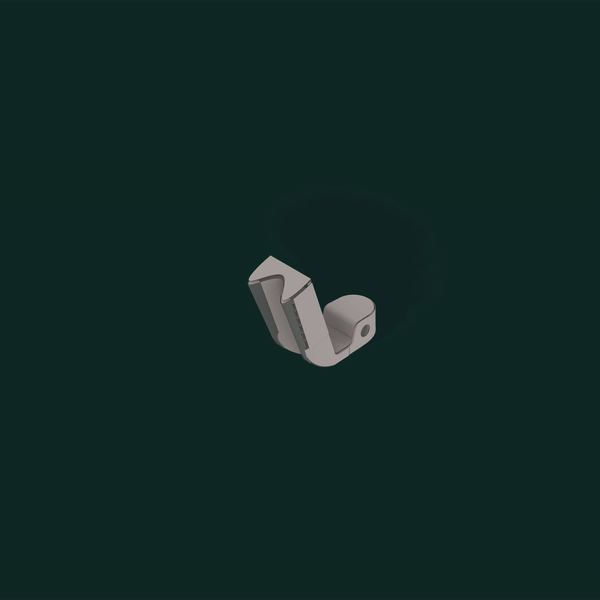
PLY POD
PLYPOD is an exploration of manufacturing standardized material with both already well established composite strength strategies and with exploration of elastically bending plywood for the skin structure to add rigidity and strength. The ply pod helped to start of the development of simulation tools that is exploring multi-directional bending of plywood. This work was completed as part of Design for Manufacture Masters at UCL Bartlett.
The Tilt
The Ply Pod was designed to dynamically position itself vertically and horizontally via the use of one’s body weight. The pod is to be used as rest spot located within a forest allowing people to sit or lay down within the structure. The internal structure is optimized to allow for loads to transfer through the composite body appropriately while maintaining minimal weight.


Key Precedents + Context in Plywood
These precedents in plywood were key in studying a context revolving manufacturing, capabilities, design approaches within the history of plywood. The comparison between manufacturing time, assembly, design goals, and simulation led to developing the experimentation involved with the Ply Pod. Performance requirements drove the design of many of these precedents and similarly hybridizing learned knowledge formulated the design approach with the Ply Pod.
Image Credit:
Top Left: Havilland Mosquito
Top Middle: Patkau Architects Winnipeg Shelters
Top Right: ICD/ITKE Pavilion 2010
Bottom left: Ferrari Buck
Bottom Middle: WikiHouse
Bottom right : Deperdussin Monocoque






The Composite Structure (load-bearing structure)
The composite structure utilized techniques from airplane plywood composite construction. Internal ribs with a sheathing allows for a composite that is relatively light weight and strong. This was further optimized with basswood blocks to allow for more glue surface, as well as ribs were oriented to be in their strongest orientation against the force loads.




Elastically Bent Ply Structures (Initial Prototypes)
For the non-weight bearing part of the PlyPod, the design goals required the system to be quickly built, light weight, and provide shade. These initial prototypes served a method for exploring a quick to assemble skin structure via only elastically bending the plywood with relief patterns. Comparing the system to a molded plywood system the structure will not be as stiff but provides the ability to manufacture rapidly. This system is hard to predict and therefore a development of s simulation tool was started.


Elastically Bent Ply Structures (Lidar Scanning)+ Simulation
The simulation tool is still in progress with the goal of being able to manipulate flat patterns into their respective shape based on force loads applied to it. The benefit of this would be that it allows for the iteration to happen digitally rather than physically ultimately saving time, material, and to give an option as a valid method of construction at a larger economic scale. Lidar Scans were taken of the prototypes allowing for a digital documentation of the actual test to be compared with the simulation. As the simulation tool progress the scans will be used to verify the simulated results and the physical results.






